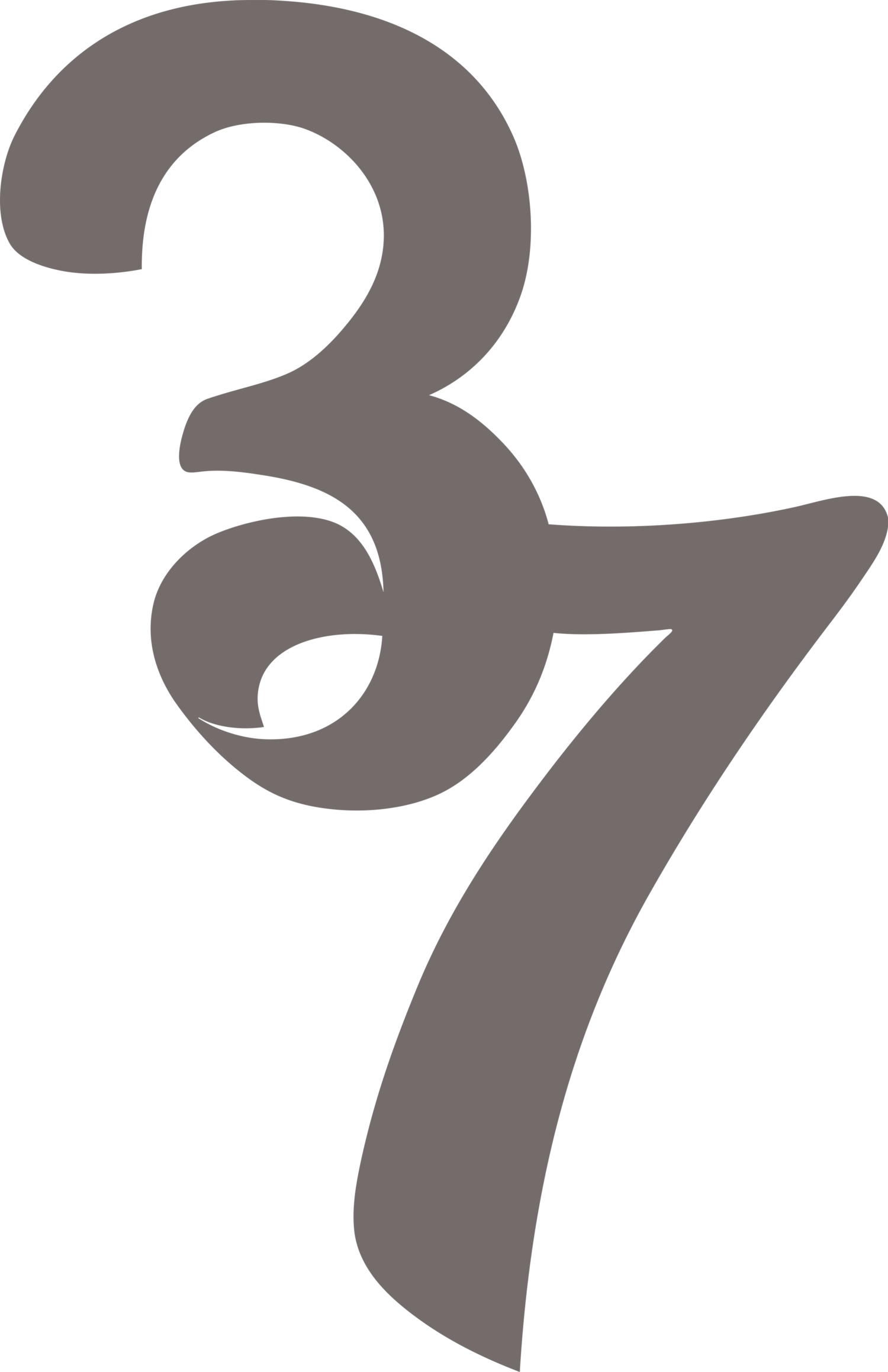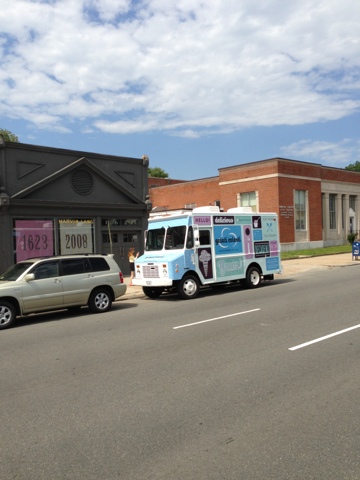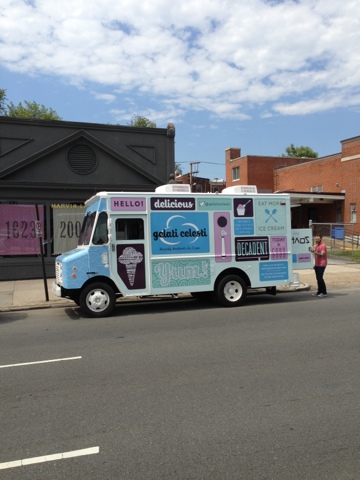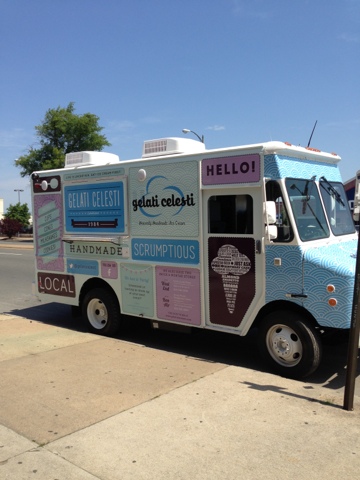Thoughts on the prefix RE-
Thoughts on the prefix RE
Two years ago we decided as a family, to make an annual retreat- an immersive trip to a new destination, to make a connection to our environment, to push our physical boundaries, and to spend time together. Here is some perspective and some lessons I find meaningful.
Release
As a small business, checking out for several weeks is particularly disruptive but also entirely feasible with a little strategy. Staying connected is hardly the problem- few places are without connectivity, even in remote locations. The bigger challenge is disconnecting. It honestly takes me two or three days to unhinge my brain from projects, deadlines and client concerns. For me, a long (and I mean long) drive is a great way to disconnect.
Once I have 'let go' I am ready to manage my check in schedule. For me, I find it best if I get up very early- typically around 5 and deal with whatever business issues I need to , and then make a mental note to check back in the afternoon if there is any needed follow up. Thats it- any more and the projects start to take over and I am not present in the moment. There are some exceptions- a call, or special project issue, and I do my best to set these up in advance.
Retreat
Stepping away from things allows me to redesign things a bit. Taking a longer view happens best when I am away. Away from the house, the studio, the regular meter of daily life. Disruption can lead to clarity and it restores my core purpose. Validating many things, questioning many things, and charting a path forward.
Rejuvenate
This year we hiked thirty miles in three days, mountain biked, climbed, cliff jumped and explored some rugged terrain. Breathing at 12,000' elevation while traversing a snowdrift along a 600' precipice puts you keenly in touch with your physical self, and makes so many seemingly important issues trivial. These moments can be transcendental if you let them.
Reconnect
Its a bit cliche, but a fair- you'll never get these moments again. With 13, 16 and 19 year old children, they are all stronger and more capable that I am, but we're still pretty much on par (I don't give in easily). This means we can share experiences in a way that won't last forever. Ok- I have at least 20 years in me, so don't write me off just yet. But I want to really live with my family and share meaningful experiences. If not now, when?
Refresh
Getting immersed in project issues. strategy, and studio life is exhilarating but a change of venue is necessary to adjust focus. I find I do better work if I have stepped away, even for a moment.
RE:
The moral of the story- take the time you deserve, and make good use of it. Push your boundaries, engage and learn, make your own adventure, whatever that may be. You will be better, do better work and feel great. I promise.



















































































